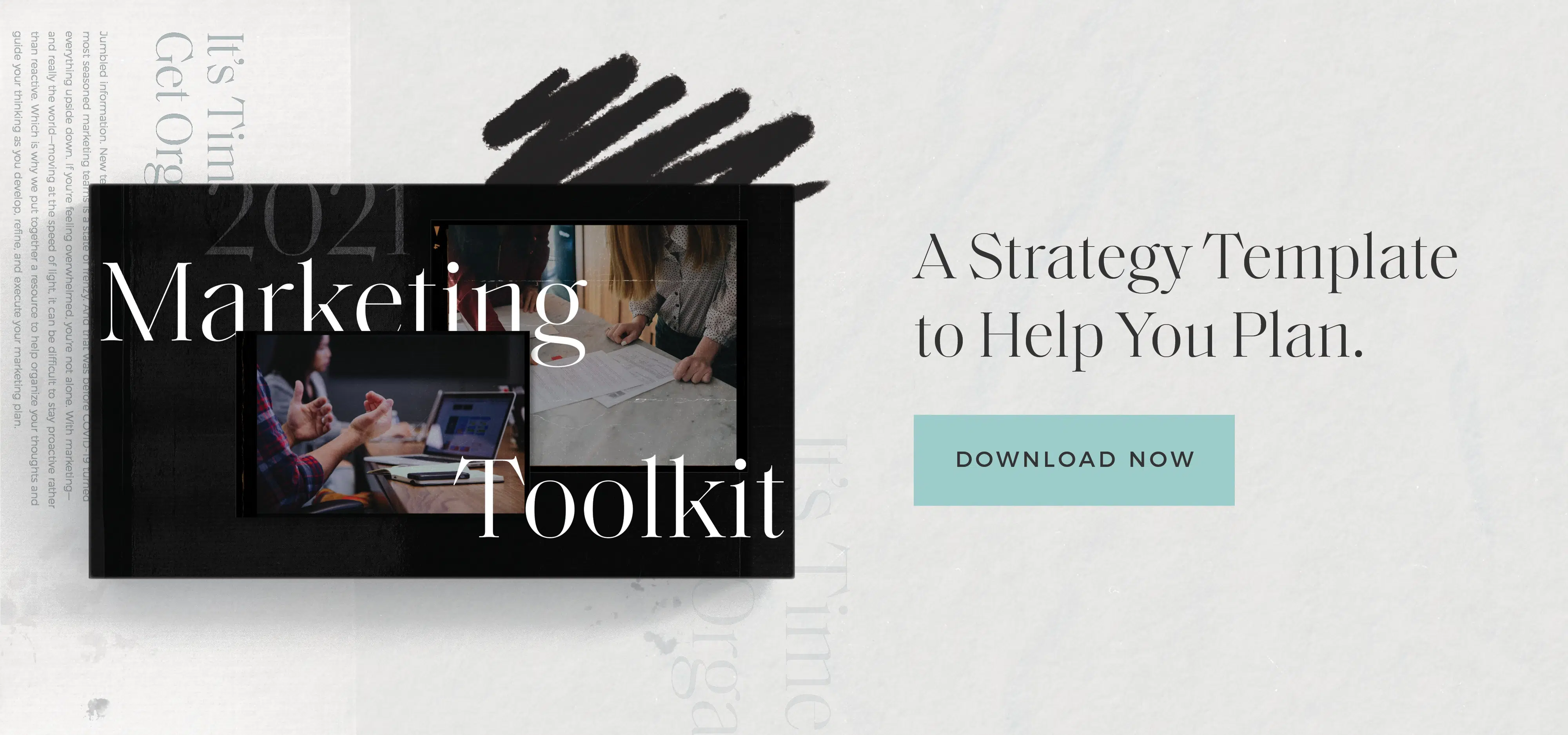One of the great things about focusing on content marketing as a strategy is that compared to a lot of other strategic options, it’s relatively easy to track. You’re likely to have the tools at hand to have some idea as to whether your content marketing strategy is working or not, and if you don’t have them already there are tons of options to get you started.
But what should you track? That part isn’t quite as simple to answer. Choosing the wrong metrics could lead to faulty decision-making, bad strategy and tactics, and eventually lost revenue. Choosing the right ones means you have ultimate visibility into what to start, stop, and continue in your content marketing.
So it’s pretty important to get it right.
Which content marketing metrics are important?
There’s really no silver bullet here—there’s no one number that is going to lead to content marketing success every time. Different campaigns have different goals. One piece of content might be designed to get the attention of someone who’s never heard of your business and introduce them to what you know and what you can do. Another is intended to get email addresses or phone numbers to add to your various prospecting lists. Different goals mean different parameters for success, which means you’ll need different KPIs.
But also there’s just a lot of different kinds of content, and it’s hard to find one number that’s guaranteed to fit everything. What makes a blog post successful is not going to look the same as what makes an email newsletter great, and you’ll need different KPIs to determine what’s working and what isn’t for each.
So what I’m going to do is offer a number of options grouped by the goal they’ll help you achieve. Is your content attracting attention? Is it good enough to hold attention once you get it? Is your content actually moving prospects from awareness to purchase? Different metrics will help you answer each of these questions. Let’s get into them.
Is your content attracting attention?
One of the best ways to increase brand awareness is through content marketing. Inbound marketing doesn’t get quite the buzz it did ten or so years ago, but that doesn’t mean it doesn’t work. Create content that answers questions that the people you want to sell to are asking. If you do it right, people will come.
So how do you know if it’s working? The obvious play here is to track your traffic numbers. “Traffic” is a bit vague, so let’s get into specifics. The main numbers you’ll want to focus on here are page views and visits. If you’re new to this, that might sound like two ways to say the same thing, but they’re critically different. A page view is a simple, raw count of how many times a single page is visited. Any time a person follows a Twitter link to your blog post or clicks through from Google, a page view is logged. A visit, on the other hand, is any time a person views your website. If someone finds your website on Google and reads six blog posts, one visit will be registered and you’ll see six page views.
Unique page views and unique visits are the same idea, but each visitor is counted only once. If I read the same blog four times, four page views are registered but only one unique page view.
NOTE: While it’s not, in my opinion, one of the 19 most important content marketing metrics, knowing what a session is helps here. Google defines it as “a group of user interactions with your website that take place within a given time frame.” A session ends after 30 minutes of inactivity or when the clock strikes midnight, or if a user arrives via one campaign, leaves, and then comes back via a different campaign. In other words, if someone reads a blog post on your website at noon and another one at 12:15, they share the same session; if they read the first one at noon and the second at 1:30, that’s two different sessions. Personally I think it’s great if someone reads five of our blog posts in a row, so I don’t love counting pure sessions as it penalizes that behavior, but that’s a personal opinion and might not match your goals.
You might also be attracting attention from other experts in your field. Backlinks, or inbound links as they’re also known, are a great way to see that happen. A backlink is, simply, when a page on your site is linked to on another site. If someone else writes a blog and uses something you wrote as an example or evidence, they might link back to you; that’s an inbound link. Backlinks can be a great source of traffic and prestige—if, for example, a link to your site finds its way into a Wall Street Journal article, a lot of people are going to see it, and your association with a prestigious brand will add to your brand’s own prestige. Backlinks are also an important signal to Google that your content is good and is worth bumping up higher on the SERPs, so it’s a critical SEO factor.
Finally, for those of you who, like us, run a regular email newsletter, tracking email opt-in rates is a great way to see whether your newsletter is getting people’s attention. The more subscribers the better, generally, and converting people at a higher rate will obviously increase your numbers faster.
Is your content keeping attention?
Getting someone interested in reading your content, and getting them on your site, is just part one of the battle. Clicks are valuable, but they are not the endgame. If the people you attract aren’t staying on your site once there, they’re not going to end up mattering in the long run. So holding their attention once you get it is imperative.
How do you track the quality of your content? Your exit rate and bounce rate are a good starting place. They sound pretty similar, so if you’re not a digital expert already, here’s a good way to keep them straight: exit rate measures the visits that were the last in the session, whereas bounce rate measures the visits that were the only one of the session. In other words, if someone reads a blog post and then immediately leaves your site, its bounce rate rises. If someone reads four blog posts and leaves your site after the last one, the bounce rate for all four drops, and the exit rate for the fourth one rises.
Time on page is another great measuring stick, as it can show you what parts of your content oeuvre your readers actually finish and what’s getting skimmed. Pro tip: focus on making more things that are like the content people actually finish.
Another good sign of high-quality content? Moving prospects into your funnel. We’ll get into the details of that a little more here in a bit, but on the surface level, tracking click-through rate and downloads can tell you something about whether or not readers dig your content. Click-through rate will show whether readers are taking advantage of whatever offer accompanies the content—whether that’s a CTA to download something else for more information or an invite to subscribe to your newsletter or an event sign-up. And when your content requires a form fill, the number or rate of downloads will show you whether or not the offer is attractive enough to prompt visitors to actually give you their information to get it.
Finally, for your newsletter, your go-to metrics are pretty clear: number of subscribers, email unsubscribes, and email opens and click-through rate. Bringing in new sets of eyes and keeping the readers you already have are the main must-haves for a successful newsletter over the long term. Whether or not emails are actually getting read, and whether or not the offers you’re providing—links to more content, invites to events, etc.—are drawing attention, are critical for send-to-send success. Knowing where you stand on each is, of course, critical.
Is content moving prospects toward a purchase?
The true goal of all marketing, not just content marketing, is to create new customers and increase revenue. Linking a sale directly to a specific piece of content isn’t easy, but it can be done, particularly if it’s a specific piece of gated content. That way, you know precisely who read the content and can track their voyage through your buyer journey from start to finish.
Obviously, one metric to keep an eye on is sales, and that pretty much speaks for itself, but what else is there? The main options would be leads generated and conversion rate. Leads generated will be a counting stat, simply adding up the number of leads that enter your funnel that touched a specific piece of content. Conversion rate shows the proportion of content readers who convert.
Both are critical because they are, obviously, going to show you different things. A pillar-content landing page that attracts a massive amount of traffic might have a low conversion rate, but the number of leads generated might be sky-high due to that traffic volume. And a post that doesn’t drive a boatload of traffic might not have a super high number of leads, but if it’s particularly convincing it might have a stellar conversion rate. Both are important, both for promoting those specific types of content and for knowing what to concentrate on creating more of.
Get the best view of your content
As you can see, there’s a lot of things to track when you’re running a content marketing campaign. And as I said at the outset, there’s no silver bullet. There isn’t one single number that you can focus all your efforts on and guarantee that success there will mean success in marketing. Which is a let-down, I know.
The upside, though, is that when you really get elbow-deep in the numbers, when you dig into a whole smorgasbord of metrics and figures, you get a far more interesting view of what’s going on than any single stat could give you. Nineteen metrics is a lot. But each and every one is worth it if you want to take your content marketing to its fullest potential.





